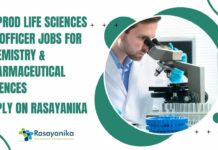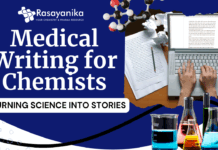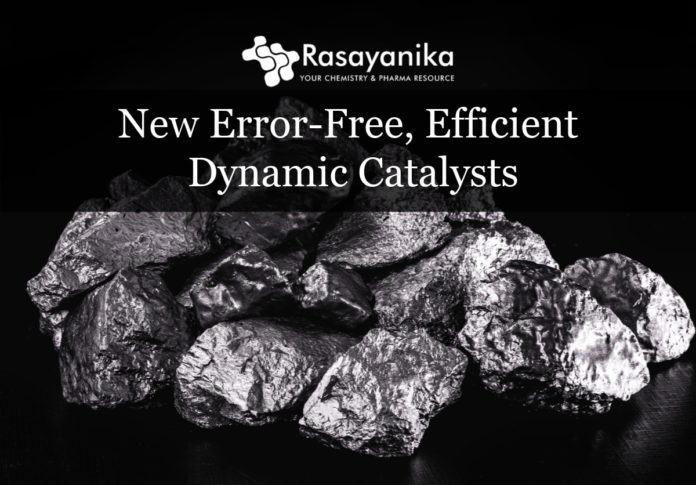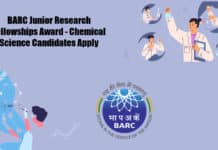Error Free Dynamic Catalysts To Improve Efficiency Of Chemical Reactions
An oscillating catalyst technology that can accelerate chemical reactions without side reactions or chemical errors has been invented by scientists from the University of Massachusetts Amherst, University of Minnesota, University of California Santa Barbara and the University of Delaware.
The groundbreaking technology can be used to reduce waste by thousands of tons each year by incorporating into hundreds of industrial chemical technologies, improving the performance and cost-efficiency of materials production.
The premier journal of the Royal Society of Chemistry, Chemical Science published the results.
Catalysts are used by scientists to speed up the reactions. Chemical reactions taking place at the surface of a catalyst metal can be faster than other side reactions. The catalyst will be good at selecting the most valuable products when the primary reaction is faster than any other side reactions. Side reactions lead to the generation of unwanted products and economic loss.
Scientists at the U.S. Department of Energy-funded Catalysis Center for Energy Innovation foresaw a breakthrough discovery when they realized that they can design a new group of catalysts that can profoundly accelerate the primary reactions using waves. The chemical reaction was accelerated a thousand
times compared to the side reactions when the applied wave frequency and amplitude matched up with the frequency of the primary chemistry.The discovery of error free dynamic catalysts have potential applications in the fields of medical industries, food, materials, and energy. When chemicals are manufactured at a massive industrial scale, even well-developed catalysts can generate thousands of tons of side products per year.
The scientists explained the relationship of frequencies of surface waves that control the catalyst errors with different types of chemistries. The oscillating catalyst can fully control the energy pathway of molecules, preventing them from going through undesired energy pathways on the catalyst surface.
The team’s previous development of dynamic catalytic theory formed the basis for the discovery of highly selective, error-free catalysts. Conventional catalysts with an optimal catalytic activity are those with surface energies matching with particular chemistry. But the new dynamic catalysts can oscillate its binding energy between weaker and stronger energies than the surface energy. These new error free dynamic catalysts have the potential to change the way most materials and chemicals are manufactured.

















































